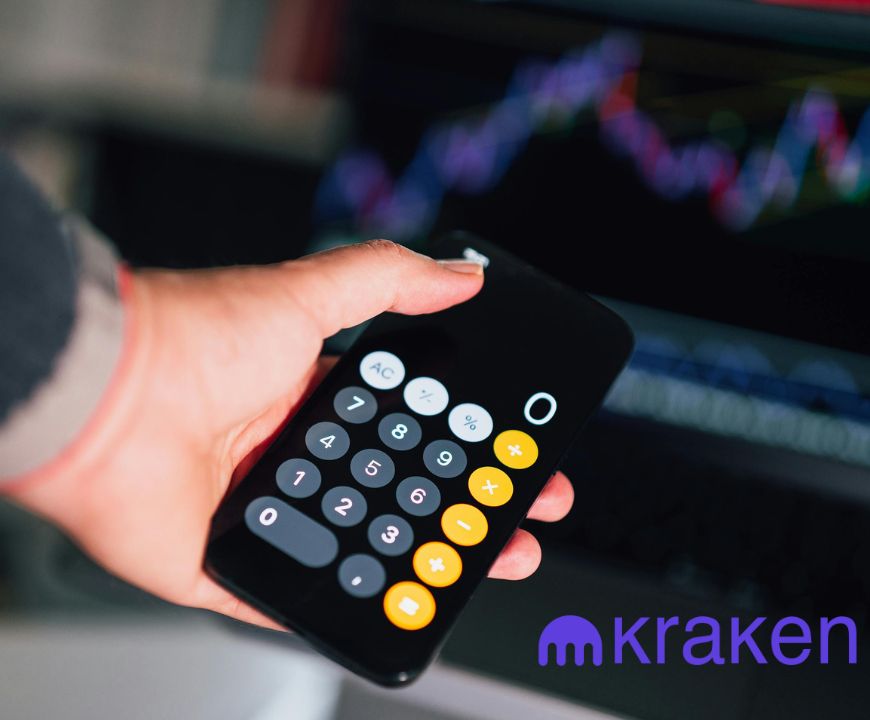
Guide to Futures Margin Calculation: An Overview of Position Requirements and Risk Management
This article delves into the essentials of futures margin requirements, including initial, maintenance, and variation margins, aiming to minimize liquidation risks in cryptocurrency trading.
Understanding Futures Margin
Futures margin acts as collateral for open trading positions and sets liquidation thresholds. Being knowledgeable about the processes behind initial, maintenance, and variation margins can help in mitigating unexpected liquidations in the inherently volatile cryptocurrency market. This guide provides a foundational understanding of margin calculations, crucial contract specifications, and practical strategies for managing margin risk.
Futures Margin Basics
- Initial Margin: A deposit confirming a futures contract, unlike traditional margin, it is not a loan.
- Maintenance Margin: The minimum balance that must remain in an account to keep a position active. If the balance drops below this point, liquidation is likely.
- Variation Margin: This reflects daily profit and loss adjustments resulting from price variations.
Exchanges typically set margin rates, which can fluctuate based on market volatility. Specific contract margin details are disclosed by each trading platform. For instance, Kraken provides their rates and fee information in their fee schedule.
Key Contract Specifications
Before determining margin requirements, it is essential to review the contract specifications:
- Contract Size: The volume of cryptocurrency in each contract.
- Current Futures Price: This aids in calculating the notional value.
- Margin Rate: The proportion needed as collateral.
- Settlement Currency: Influences the valuation of positions.
For instance, a bitcoin futures contract with a volume of 1 BTC, priced at $65,000, and a 5% initial margin rate, yields a notional value of $65,000 with a margin requirement of $3,250.
Calculating Initial Margin
The following steps summarize the calculation process:
- Multiply contract size by the current price to derive the notional value.
- Multiply this value by the initial margin rate.
- Include any exchange fees pertinent to the position.
Since exchanges continuously refine their models (for example, switching from SPAN to Value-at-Risk models), margin requirements can change with market volatility.
Maintenance Margin and Safety Buffers
Maintenance margin generally constitutes a percentage of the initial margin, often between 75-90%. Given the 24/7 nature of crypto trading, many traders opt to maintain an additional buffer above the minimum to lessen liquidation risks during abrupt market movements. A guideline buffer of 10-15% is commonly suggested, though this can vary depending on one’s risk appetite.
Managing Margin Risk
Many platforms offer tools to monitor equity, margin requirements, and buffer levels. Alerts can help users react when equity nears maintenance levels, and some systems provide reduce-only or auto-close options to mitigate risk. Transparency features, like Kraken’s Proof-of-Reserves, also empower users to verify that collateral is appropriately backed by assets.
Responding to Margin Calls
Should equity dip below the maintenance threshold, typical actions include:
- Adding more collateral to restore margin adequacy.
- Closing a portion of the position to align with requirements.
- Utilizing automated systems to minimize exposure.
Timely intervention is crucial, as liquidations can occur at any moment.
Frequently Asked Questions
- How to ascertain the initial margin for a specific contract? Each exchange provides contract details and corresponding margin rates.
- What distinguishes initial from maintenance margin? The initial margin is necessary to initiate a position, while the maintenance margin is the least amount needed to keep it active; falling below this can result in liquidation.
- How does market volatility influence margin requirements? During unstable market periods, exchanges may heighten margin rates, elevating collateral requirements for new or existing positions.
- Can margin be applied across multiple positions? Some exchanges facilitate cross-margining while others enforce isolated margins, tying collateral to individual trades.
- What if the account balance falls short of maintenance margin? The exchange could initiate a margin call, and absent corrective actions, positions might be reduced or liquidated to meet the requirements.
Disclaimer
This article is sponsored content provided by a third party. CryptoPotato does not endorse or assume responsibility for copy, advertising, products, quality, accuracy, or materials presented here. Information should be independently verified before engagement. Crypto investment carries capital loss risks; consultation with a professional is advised before making decisions.



